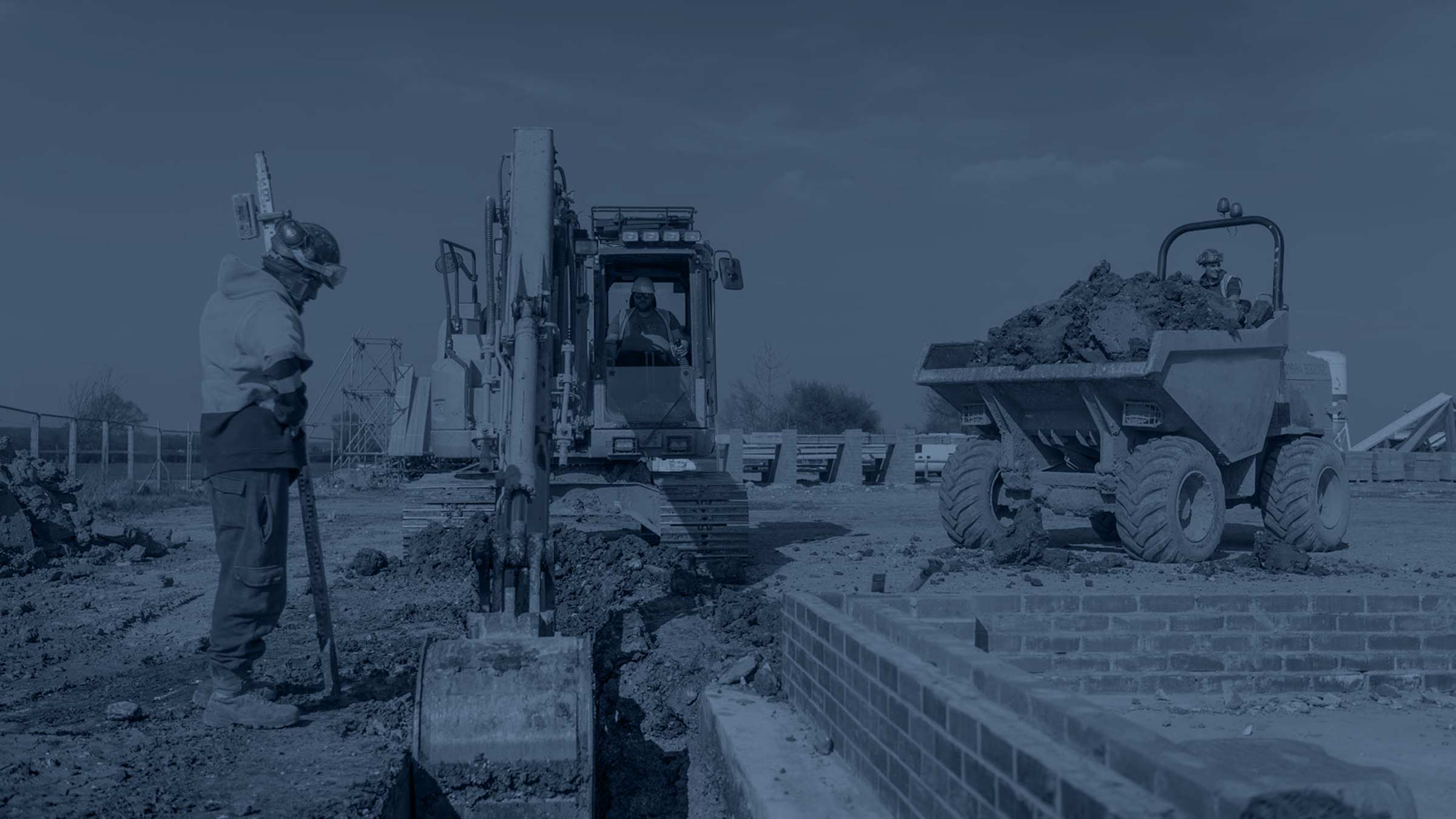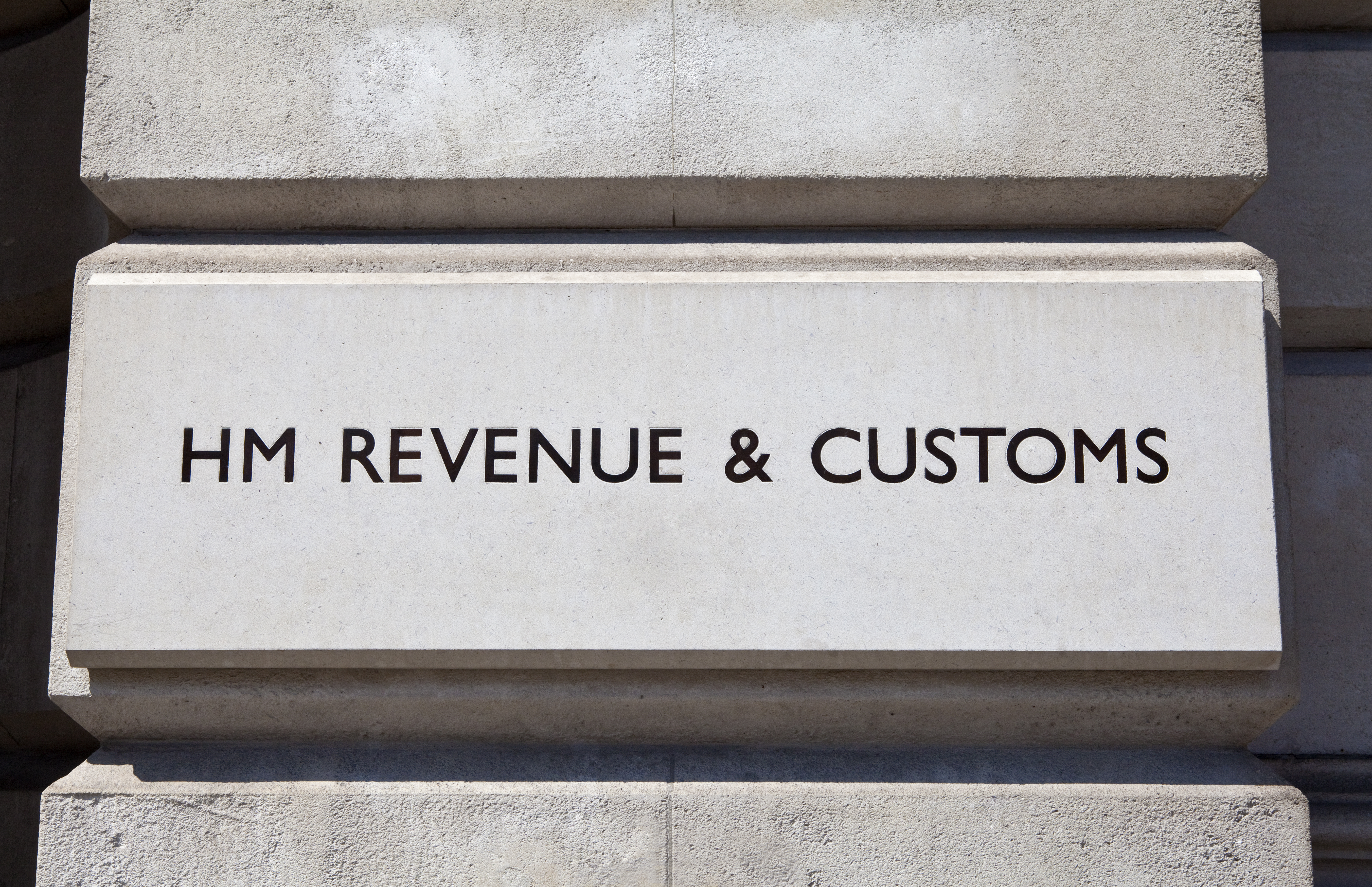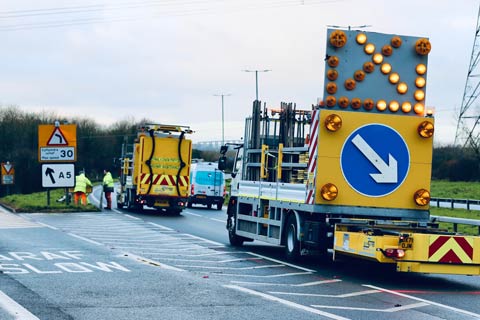16th January 2017 | Ian Anfield
So how do we follow a year like 2016? Surely it’s going to be dull, compared to last year, which will go down in history as the point at which working and middle class people in the UK and USA swept away the tradition of a liberal elite that dictates how we are governed, how we should think and feel – and how we should vote.
There are plenty of reasons for builders, engineers, surveyors and architects to be optimistic about 2017. But there are also dark clouds on the horizon. The storms could easily pass us by and dump on the rest of Europe, but equally, they could rain on our Brexit parade.
Here are nine key issues that construction needs to monitor in 2017:
- BREXIT: The exit negotiation is of massive, business-critical importance for construction, because we are so heavily reliant on EU labour to keep our construction sites productive. If it starts to look as if freedom of movement is the price the government is prepared to pay in order to exit the single market, construction will need to draw up contingency plans. Possible trade tariffs and US protectionism could shake up the materials markets. And if the pound remains weak, the cost of imported materials will continue to rise.
- London property: They say that when London sneezes, the rest of the country catches a cold. Contrary to the doom-laden predictions, the London house price bubble did not pop in 2016, but it definitely lost a bit of air, and London agents report that buyers and sellers alike are in wait-and-see mode. Having said that, instability in other parts of Europe – triggered by upcoming elections in France, Germany and Italy – and the fact that overseas investors can now get more for their money, agents remain confident, saying that if anything is frustrating upward house prices, it is stamp duty, rather than Brexit.
- Major construction companies: Expect the talk about when Brexit will bite to continue to dominate the headlines this year, and given that almost all our major contractors are slaves to their share prices, there could be a big name casualty, if investors lose confidence in the UK market.
- Skills gap: The skills crisis seems to have been downgraded to a skills shortage. Nonetheless,
my prediction is that whichever language you use, schemes will not be shelved due to a lack of labour. - Earnings: 2017 may bring pay rate inflation. The rates commanded by self-employed tradesmen have increased 12% in the last three years, so a further 3% in 2017 seems a realistic forecast.
- Trade unions: In the wake of its financial collapse under falling membership, UCATT, construction’s only dedicated trade union, will this year merge with UNITE. And already, UNITE are flexing their muscles on Crossrail, which is dogged by disputes over bonuses, and how far workers are expected to walk before they find a portaloo. So stand by for the union to target the next batch of major infrastructure projects, e.g. HS2, where £900 million of enabling works starts soon.
- Training: We may also see the end of another institution, The Construction Industry Training Board, in 2017. Chief Executive Adrian Belton resigned in December and the organisation is fighting to prove that – fifty years after it was created and given levy-raising powers – it still has a place in a modern industry. The Department for Education could well decide the CITB’s fate when it publishes a review in April, or it could be left to the industry itself when it is due to be given a vote on levy raising powers in August.
- Apprentices: One of the major obstacles for the CITB is the government’s new Apprenticeship Levy which begins in April 2017 and will gather a new levy to fund three million apprenticeships. Firms with a £3M p.a. payroll will contribute through their RTI HMRC submissions, and the money will be dished out to anyone who takes on an apprentice (levy-payer or not) through the Skills Funding Agency.
- Government: Policy around planning, infrastructure enhancement funding around new residential developments, social housing schemes, building on green belts, and penalties for land banking by the major house builders will have a much bigger impact on housebuilding outside the M25 than Brexit. The arm-wrestle between the major housebuilders and the government will continue into 2017. Let’s hope that smaller developers are not forgotten.
Article originally featured on Planning and Building Control Today (www.pcbtoday.co.uk) Read the full article here
Tags:
Opinions, Freelance Builders




